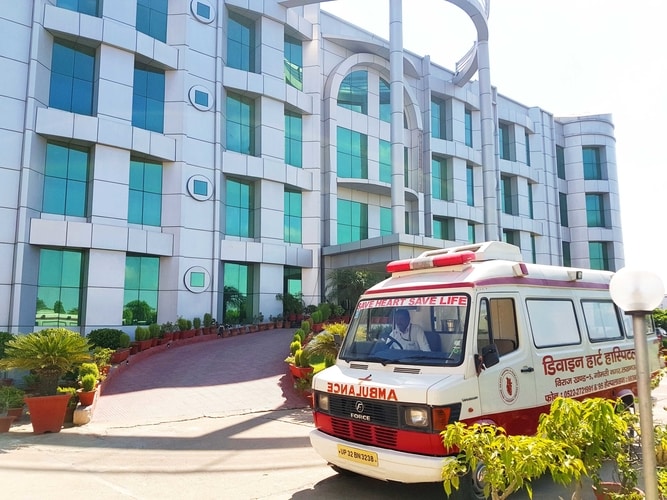
What is Stent? When its needed? Myths & Facts
A stent is a hollow metallic tube-shaped device placed in the coronary arteries to keep them open in the treatment of coronary artery disease.
Opening a coronary obstruction by balloon dilation was the first breakthrough in interventional cardiology. But this therapy saw recurrence of coronary obstruction in up to 50% patients within 1 year. Also, acute complete obstruction due to dissection was a
complication of ballooning in some patients.
To counter this problem, after opening artery by balloon dilation – a metallic hollow tube was placed at site of obstruction – Known as Stent.
These stents maybe made of Stainless steel/Cobalt-chromium/Platinum/Nickel alloys. Stents are also used to treat obstruction in other vessels like Carotid, Renal, Leg and arm vessels. They are also used to treat obstruction of non-vascular body tubes like
Ureter, Pancreatic Duct, etc.
There are basically 3 types or 3 generations of coronary stents.
☑ Bare Metal Stents (BMS)
Hollow metallic tubes only.
Solved the problem of acute closure after balloon dilation.
Recurrence of obstruction or restenosis was brought down to 15-20% at 1 year after
therapy.
☑ Drug eluting stents (DES)
Hollow metallic tubes coated with drugs to decrease reoccurrence of coronary
obstruction. These drugs are released inside vessel wall.
Recurrence of obstruction was brought down to 2-5% at 1 year after therapy.
☑ Bioresorbable scaffolds (BRS)
To solve the problem of permanent metal tube inside arteries, BRS are invented –
Hollow tubes made up of Magnesium / Polylactic acid material which gets reabsorbed in
vessel wall after 6-8 months.
Though, this type of stent maybe ideal – but full reabsorption takes much longer than 8
months. Technology is still developing and not at its maturity yet.
Due to higher costs & some conflicting data, these stents were withdrawn from Indian
market after stent prices were capped by government.
What are the side effects of a stent?
Being a metallic tube surface inside the vessel in contact with blood, Clots may form
over it to cause coronary obstruction again. Known as stent thrombosis.
This problem is solved by anti-clotting drugs or Antiplatelet agents which need to be
taken daily after stent implantation.
✔Aspirin needs to be taken daily for lifetime.
✔Another antiplatelet drug needs to be taken daily for at least
1 month in bare metal stents
6-12 months in Drug eluting stents.
Cardiologist may decide to prolong or shorten antiplatelet therapy according to risk of
bleeding in individual patients.
Problem of re-blockage of opened coronary artery?
With advancements, this problem is brought down from 50% in balloon angioplasty to
2-5% in currently available Drug eluting stents.
Although Good lifestyle, diet, antiplatelet and statin drugs help, but this re-blockage
occurs despite all this in some patients.
Usually, if re-blockage does not occur in first year after stenting, it doesn’t happen later
on also.
Overall, the inventions and advancements in the field of interventional cardiology within
a short span of last 40 years are truly marvelous and life-saving.
Stay healthy and safe
Dr. Ayush Shukla
MD DM Cardiology
Consultant & Interventional Cardiologist


